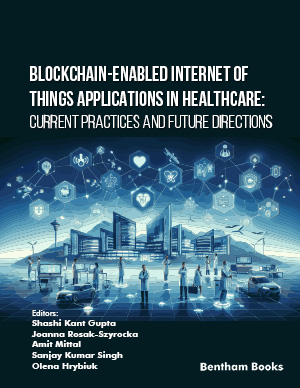Abstract
Blockchain innovation offers an information structure with built-in safeguards, including agreement, decentralization, and encryption, which ensure the accuracy of operations. It has broad use in a variety of fields, including smart factories, the Internet of Things (IoT), and healthcare. It is particularly relevant in the areas of healthcare information safety and privacy preservation. Digital healthcare records have been deployed faster because of communication technology, however, this has also increased risks to patient confidentiality, safety, and medical information. Another strategy to deal with the issue of medical data confidentiality and safety is the application of blockchain. Medical and health information includes treatment data gathered during patient care alongside private prevention of illness. Blockchain systems can be used in numerous capacities in healthcare organizations, including confidentiality and safety, to shield information about patients from unwanted access. Nevertheless, healthcare networks confront numerous security concerns, including connectivity, reliability, exchange of clinical information delivery, and patient deliberation, as a result of the inexperienced design of safety measures. Furthermore, deployment and information administration are the main issues for blockchain in healthcare due to the enormous amount of manufactured hardware gadgets. The platform is a communication mechanism that combines the use of computers with health records. It has been suggested that Hyperledger is the most developed collaborative chain technology. In contrast with various blockchain platforms, Hyperledger concentrates on developing enterprise-level standardized implementations. The Hyperledger framework is used for sensitive data in digital welfare, but neither restricted access nor thorough permission was taken into account. It is simple to determine fraudulent data collection by a malevolent person via confirmation of data by additional subjects, and the original, unmodified information can be recovered. Data can only be influenced if a bad person has access to over 50% of the blockchain network's nodes through security breaches, which is nearly unattainable. As a result, blockchain technology can stop information from being faked or falsified, improving the data's durability and dependability.
Keywords:
Blockchain, Decentralization, Digital healthcare, Encryption, Healthcare, Hyperledger, Hyperledger fabric, Internet of Things, Smart factory.

